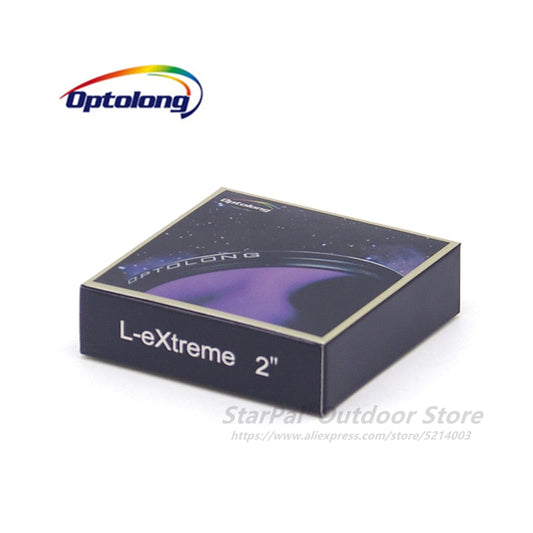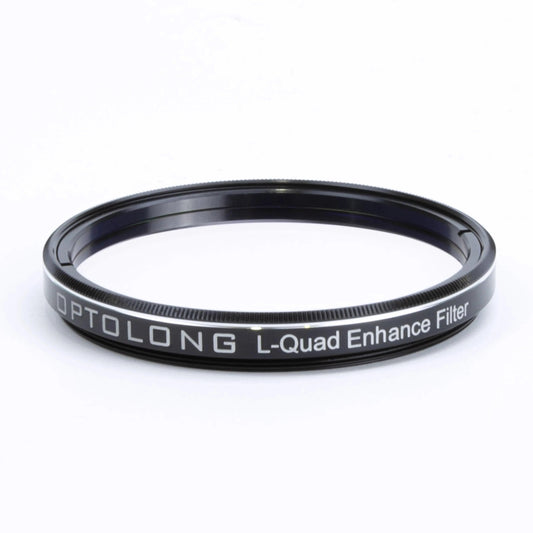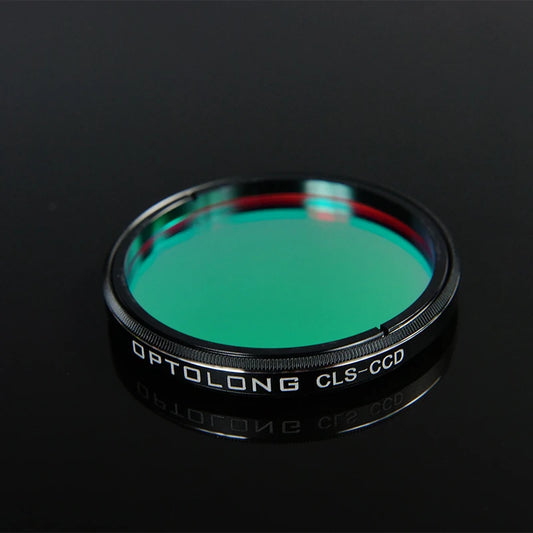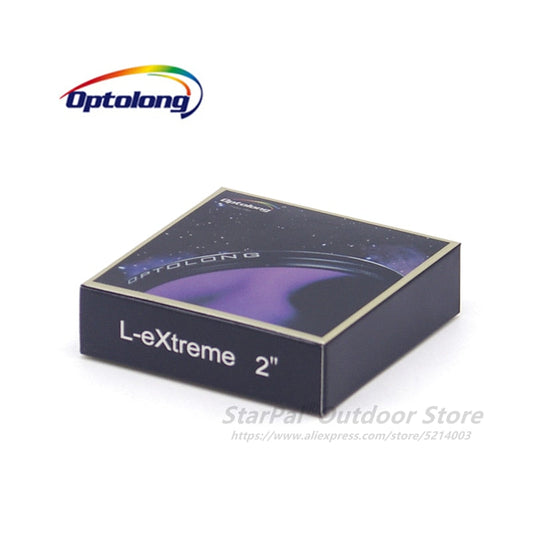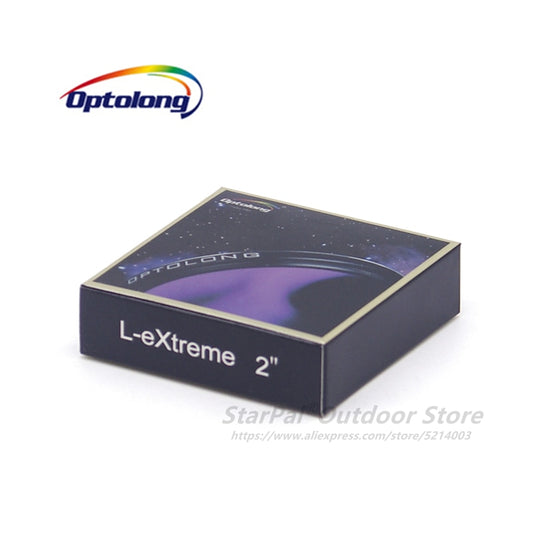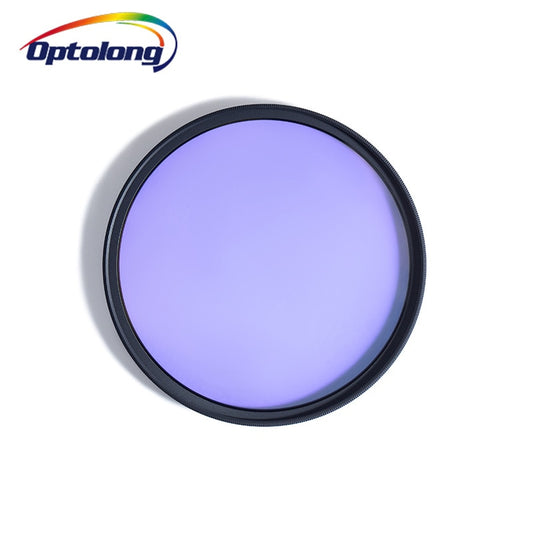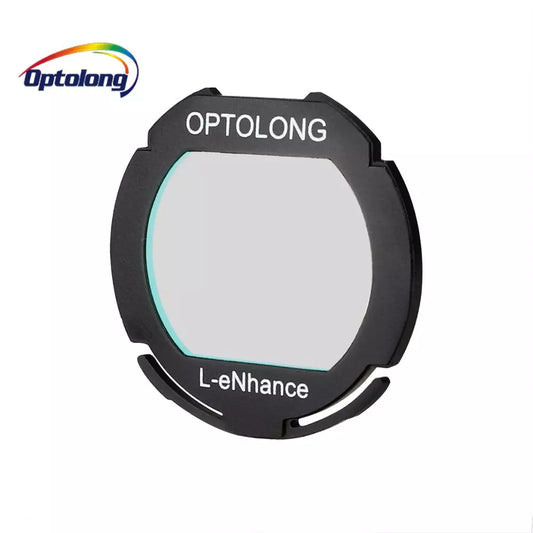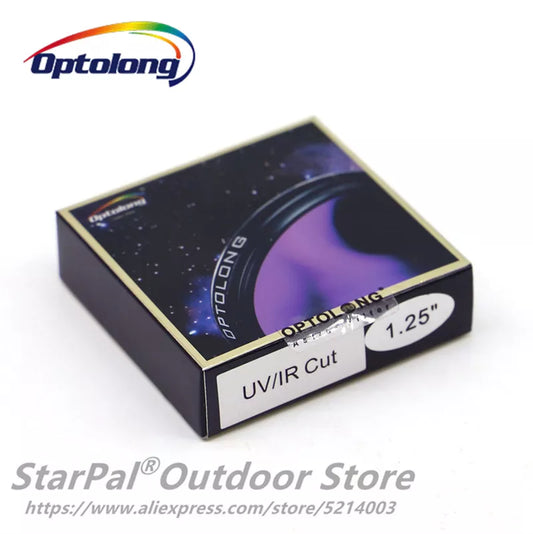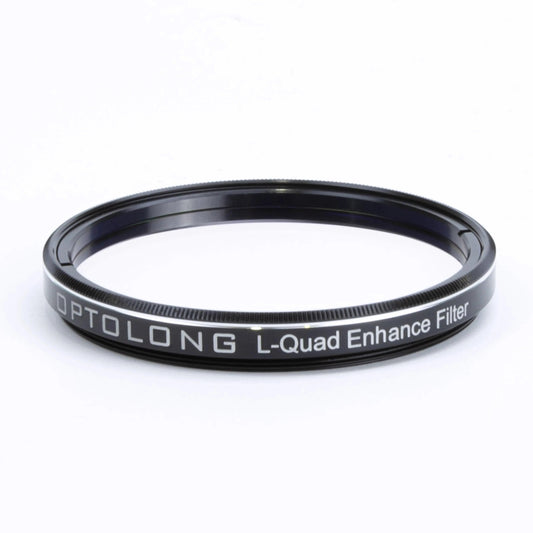Optolong
Optolong L-Quad Enhance Filter (L-QEF)
Optolong L-Quad Enhance Filter (L-QEF)
FREE SHIPPING
Couldn't load pickup availability
Elevate your astrophotography experience with the Optolong L-Quad Enhance Filter (L-QEF). Crafted with precision and innovation, this quad bandpass light pollution suppression filter is your gateway to capturing the cosmos in breathtaking detail. Here's why the L-QEF stands out among filters in its class:

Key Features:
1. Light Pollution Suppression: The L-QEF is engineered to cut out light pollution wavelengths emanating from mercury and sodium lamps. Experience stunningly clear, broadband images with minimal color cast, allowing you to focus on the celestial wonders without interference.
2. Enhanced Contrast and Detail: By suppressing unwanted light pollution and natural skylight-induced effects, the L-QEF enhances contrast and details of celestial bodies, rendering them more distinct and stereoscopic. Whether you're capturing star clusters, dark nebulae, or galaxies, expect unparalleled clarity and depth.
3. Broadband Spectral Targets: Versatility is at the heart of L-QEF. Covering most nebulae, galaxies, star clusters, and reflected/emitted line signals, this filter provides higher contrast and rich details while maintaining excellent color balance. Your deep sky targets come to life with vivid precision.
4. Technical Excellence:
- Transmission of Nebula Emission Lines: L-QEF boasts over 90% transmittance of H-Beta/OIII/H-Alpha/SII, ensuring a significant increase in resistance to light pollution.
- Blocking Range: Effectively blocks wavelengths from 300-1000nm with a cut-off depth from OD2 to OD4.
- Optical Quality: Manufactured from optical glass with a thickness of 1.85mm, maintaining superb surface quality (60/40) and parallelism (30s).
- Coating Technology: Multi-layers anti-reflection coating, non-cementing optical substrate coating, and Ion-assisted deposition coating technology ensure durability, scratch resistance, and stable performance under varying temperatures.

5. Easy Compatibility: Designed as a 2-inch filter (50.8mm) with an M48×0.75 thread, the L-QEF fits seamlessly into your astrophotography setup, allowing you to focus on capturing celestial marvels.

For astrophotography enthusiasts looking to capture the night sky in stunning detail, the Optolong L-Quad Enhance Filter (L-QEF) is an essential addition to your toolkit. Crafted with precision, this filter is designed to cut through light pollution, enhance contrast, and bring out the finest details in your celestial images. Here, we delve into the many benefits, usage tips, and reasons why the L-QEF is a must-have for your astrophotography adventures.
Benefits of the Optolong L-Quad Filter
The Optolong L-Quad Enhance Filter (L-QEF) offers a multitude of benefits that make it a standout choice for astrophotographers. Here are some key advantages:
Suppression of Light Pollution
One of the primary benefits of the L-QEF is its ability to suppress light pollution. Urban and suburban areas often suffer from light pollution due to mercury and sodium lamps, which can obscure the view of celestial objects. The L-QEF is engineered to cut out these specific wavelengths, allowing you to capture broadband images with minimal color cast and interference. This results in clearer, more detailed images of the night sky.
Enhanced Contrast and Detail
The L-QEF significantly enhances the contrast and detail of celestial bodies. By suppressing unwanted light pollution and natural skylight-induced effects, the filter allows you to capture star clusters, dark nebulae, and galaxies with unparalleled clarity and depth. This enhanced contrast makes celestial objects more distinct and easier to photograph.
Versatility with Broadband Spectral Targets
The versatility of the L-QEF is another major benefit. This filter is designed to cover a wide range of celestial targets, including most nebulae, galaxies, and star clusters. It provides higher contrast and rich details while maintaining excellent color balance. This versatility ensures that your deep sky targets come to life with vivid precision.
Technical Excellence
The L-QEF is built with technical excellence in mind. It boasts over 90% transmittance of nebula emission lines such as H-Beta, OIII, H-Alpha, and SII, ensuring a significant increase in resistance to light pollution. Additionally, it effectively blocks wavelengths from 300-1000nm with a cut-off depth from OD2 to OD4. Manufactured from optical glass with a thickness of 1.85mm, the filter maintains superb surface quality and parallelism, ensuring durability and scratch resistance.
Easy Compatibility
The L-QEF is designed as a 2-inch filter (50.8mm) with an M48×0.75 thread, making it easy to integrate into your existing astrophotography setup. This compatibility ensures that you can focus on capturing celestial marvels without worrying about fitting the filter to your equipment.
Usage Scenarios for the L-QEF
Using the Optolong L-Quad Enhance Filter (L-QEF) is straightforward and can significantly improve your astrophotography results. Here’s how to make the most of this exceptional filter:
Attaching the Filter
The L-QEF is designed to be easily attached to your astrophotography setup. Simply screw the filter onto the front of your camera lens or into the filter wheel of your telescope. Ensure that the filter is securely fastened to prevent any movement or light leakage during your imaging session.
Choosing the Right Targets
The L-QEF is particularly effective for photographing nebulae, galaxies, and star clusters. When planning your imaging session, select targets that are high in the sky and away from any major sources of light pollution. This will maximize the effectiveness of the filter and allow you to capture the best possible images.
Adjusting Exposure Times
Because the L-QEF reduces the amount of unwanted light reaching your camera sensor, you may need to adjust your exposure times. Start with longer exposures to ensure that you are capturing enough light from your target. Experiment with different exposure lengths to find the optimal settings for your specific setup and location.
Post-Processing Tips
Once you have captured your images, post-processing can help you bring out the best in your astrophotography. Use software such as Adobe Photoshop or PixInsight to enhance the contrast, remove any remaining noise, and highlight the details of your celestial objects. The L-QEF’s ability to reduce light pollution will make this process easier and more effective.
Tips for Maximizing the Performance of Your L-QEF
To get the most out of your Optolong L-Quad Enhance Filter (L-QEF), consider these tips:
Plan Your Imaging Sessions
Planning is key to successful astrophotography. Check the weather forecast and moon phase to ensure clear skies and minimal moonlight. Use apps like Stellarium or SkySafari to identify the best times and locations for your imaging sessions.
Use a Stable Mount
A stable mount is essential for sharp, detailed images. Invest in a high-quality equatorial mount with tracking capabilities to keep your telescope or camera steady and accurately follow the movement of celestial objects.
Focus Carefully
Achieving perfect focus is crucial for capturing detailed images. Use a Bahtinov mask to help you achieve precise focus. Once you have focused on a bright star, lock the focus to prevent any movement during your imaging session.
Stack Multiple Images
Stacking multiple images can significantly improve the quality of your final photograph. Use software like DeepSkyStacker to combine several exposures, reducing noise and enhancing details.
Q&A on the Optolong L-Quad Filter
Q: What makes the L-QEF different from other light pollution filters?
A: The L-QEF stands out due to its quad bandpass design, which targets specific wavelengths associated with light pollution while allowing the transmission of important nebula emission lines. This results in clearer, more detailed images with excellent color balance.
Q: Can the L-QEF be used with any type of telescope?
A: Yes, the L-QEF is designed to be compatible with most telescopes and camera setups. It features a standard 2-inch (50.8mm) size with an M48×0.75 thread, making it easy to integrate into your existing equipment.
Q: Is the L-QEF suitable for both beginners and experienced astrophotographers?
A: Absolutely. The L-QEF is user-friendly and provides significant benefits for both beginners and experienced astrophotographers. Its ability to suppress light pollution and enhance contrast makes it an invaluable tool for anyone interested in capturing detailed images of the night sky.
Q: How do I clean and maintain the L-QEF?
A: The L-QEF is designed with durability in mind, featuring multi-layer anti-reflection coatings and scratch-resistant surfaces. To clean the filter, use a soft, lint-free cloth and a gentle cleaning solution specifically designed for optical surfaces. Avoid touching the glass directly with your fingers.
Q: What kind of celestial objects can I photograph with the L-QEF?
A: The L-QEF is versatile and can be used to photograph a wide range of celestial objects, including nebulae, galaxies, and star clusters. It is particularly effective for objects that emit light in the H-Beta, OIII, H-Alpha, and SII wavelengths.
Why Should You Invest in the L-QEF?
Investing in the Optolong L-Quad Enhance Filter (L-QEF) is a decision that will significantly enhance your astrophotography experience. Here’s why you should consider adding this filter to your collection:
Superior Light Pollution Suppression
The L-QEF’s advanced design effectively cuts through light pollution, allowing you to capture stunningly clear images of the night sky. Whether you live in an urban area or frequently travel to dark sky locations, this filter will enhance your ability to photograph celestial objects with minimal interference.
Enhanced Image Quality
By enhancing contrast and detail, the L-QEF allows you to capture the true beauty of the universe. Star clusters, nebulae, and galaxies will appear more distinct and vibrant, providing you with photographs that are rich in detail and color.
Versatility and Compatibility
The L-QEF is designed to be versatile and compatible with a wide range of astrophotography setups. Its 2-inch size and M48×0.75 thread make it easy to integrate into your existing equipment, ensuring that you can start capturing amazing images right away.
Durability and Technical Excellence
Constructed from high-quality optical glass and featuring advanced coating technologies, the L-QEF is built to last. Its durable design ensures that it will provide consistent performance over time, making it a reliable addition to your astrophotography toolkit.
Popular Targets for the L-QEF
The Optolong L-Quad Enhance Filter (L-QEF) is ideal for photographing a variety of celestial objects. Here are some popular targets that will benefit from the use of this filter:
Nebulae
Nebulae, such as the Orion Nebula (M42), the Lagoon Nebula (M8), and the Eagle Nebula (M16), are excellent targets for the L-QEF. The filter’s ability to transmit nebula emission lines while blocking unwanted light pollution will help you capture these objects in stunning detail.
Galaxies
Galaxies like the Andromeda Galaxy (M31), the Whirlpool Galaxy (M51), and the Triangulum Galaxy (M33) can be challenging to photograph due to their faint light. The L-QEF’s design enhances the contrast and detail of these galaxies, allowing you to capture their intricate structures more clearly.
Star Clusters
Open and globular star clusters, such as the Pleiades (M45), the Hercules Cluster (M13), and the Beehive Cluster (M44), are also excellent targets for the L-QEF. The filter’s ability to enhance contrast and detail will help you capture these dense collections of stars with impressive clarity.
Specifications of the L-QEF
The Optolong L-Quad Enhance Filter (L-QEF) boasts impressive technical specifications that make it a top choice for astrophotographers:
- Transmission of Nebula Emission Lines: Over 90% transmittance of H-Beta/OIII/H-Alpha/SII
- Blocking Range: 300-1000nm with a cut-off depth from OD2 to OD4
- Optical Quality: Manufactured from optical glass with a thickness of 1.85mm, maintaining superb surface quality (60/40) and parallelism (30s)
- Coating Technology: Multi-layer anti-reflection coating, non-cementing optical substrate coating, and Ion-assisted deposition coating technology
- Filter Size: 2-inch (50.8mm) with an M48×0.75 thread
Package Content
When you order the Optolong L-Quad Enhance Filter (L-QEF), you will receive:
- 1 x Optolong L-Quad Enhance Filter (L-QEF)
- Protective filter case
- Cleaning cloth
- Instruction manual
Order Now
Transform your astrophotography experience with the Optolong L-Quad Enhance Filter (L-QEF). Capture the beauty of the universe in stunning detail and clarity, free from the interference of light pollution. Don't miss out on the opportunity to enhance your night sky images with this exceptional filter.
Order your Optolong L-Quad Enhance Filter (L-QEF) today and start capturing the cosmos like never before. With its advanced design, superior light pollution suppression, and unparalleled image quality, the L-QEF is the perfect addition to any astrophotographer's toolkit.
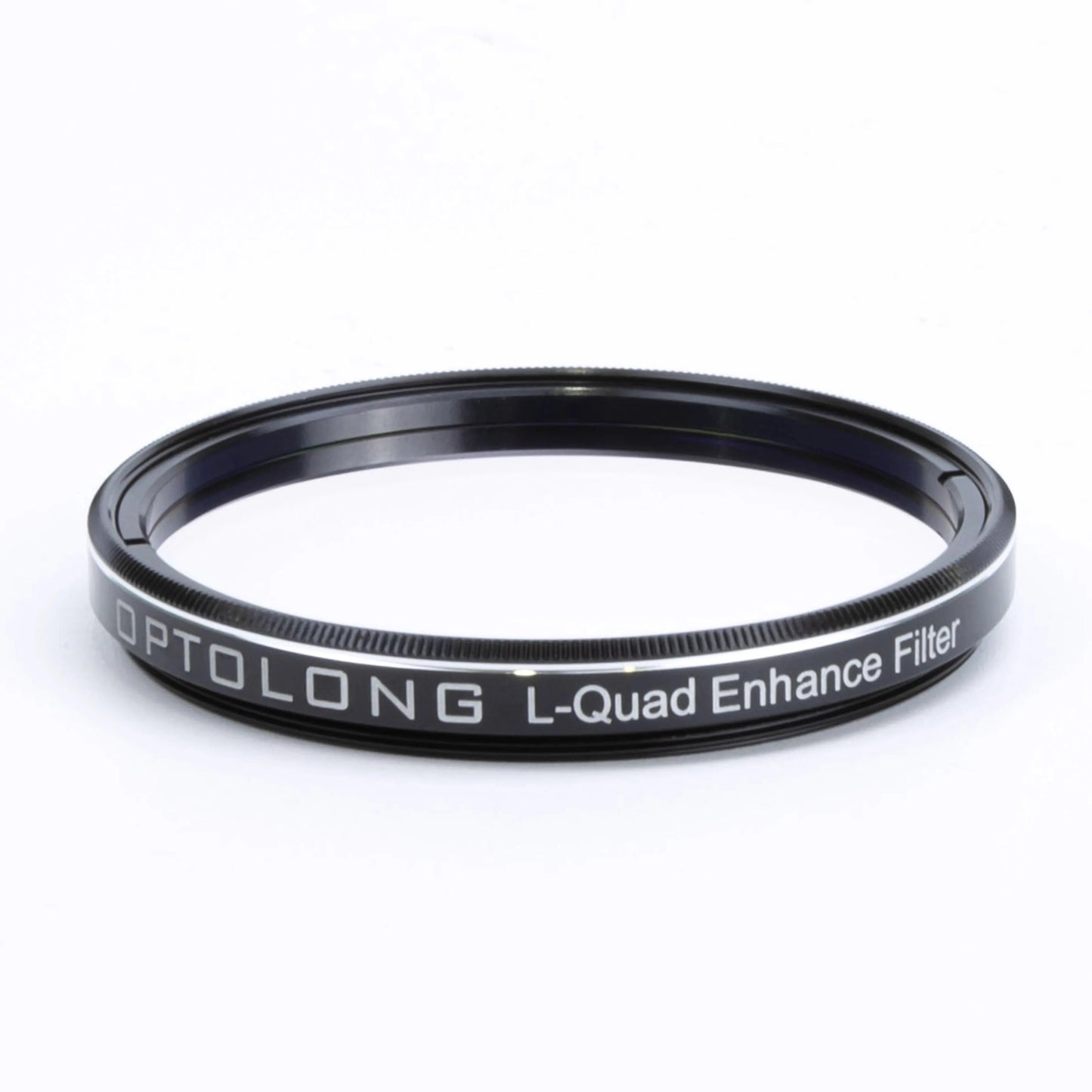
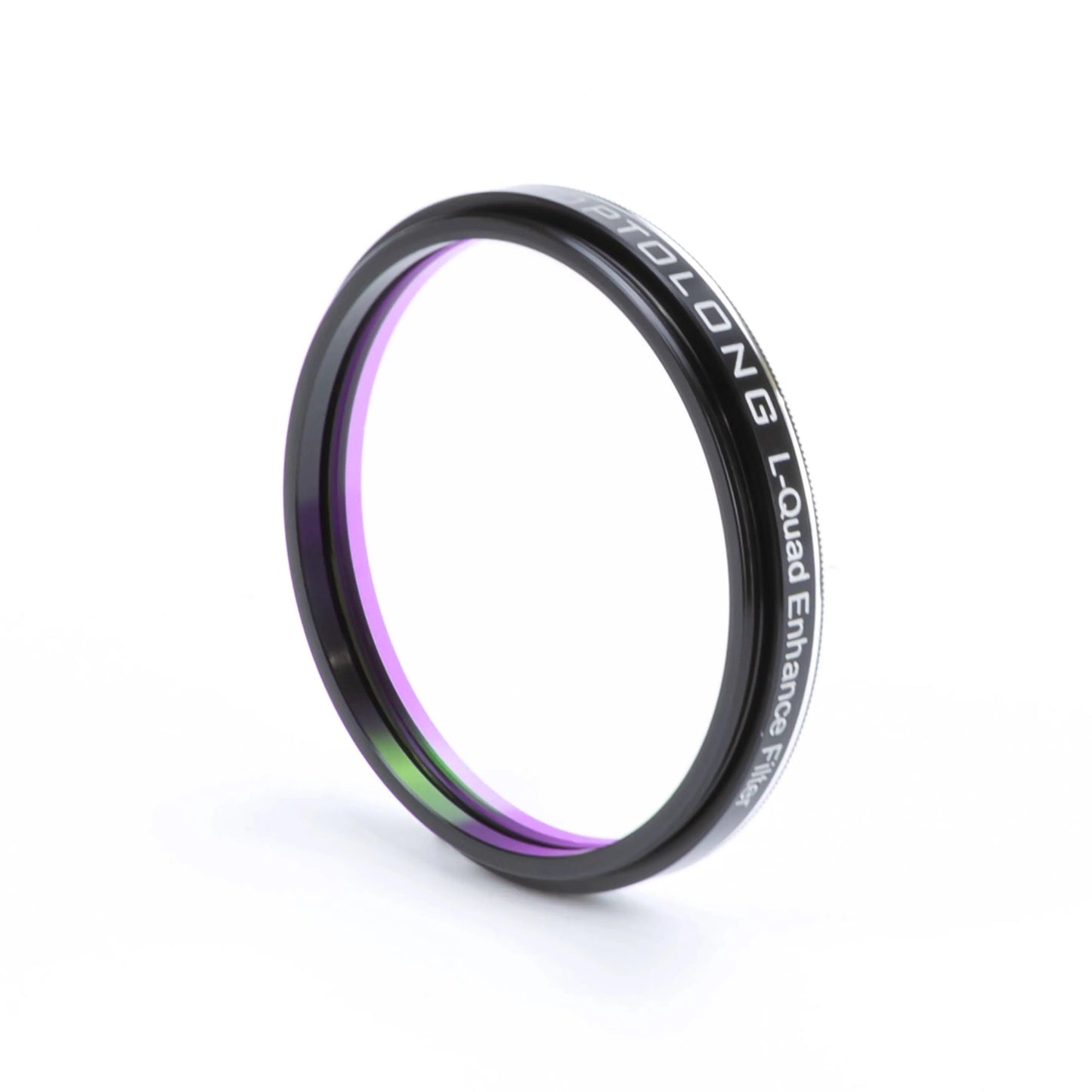

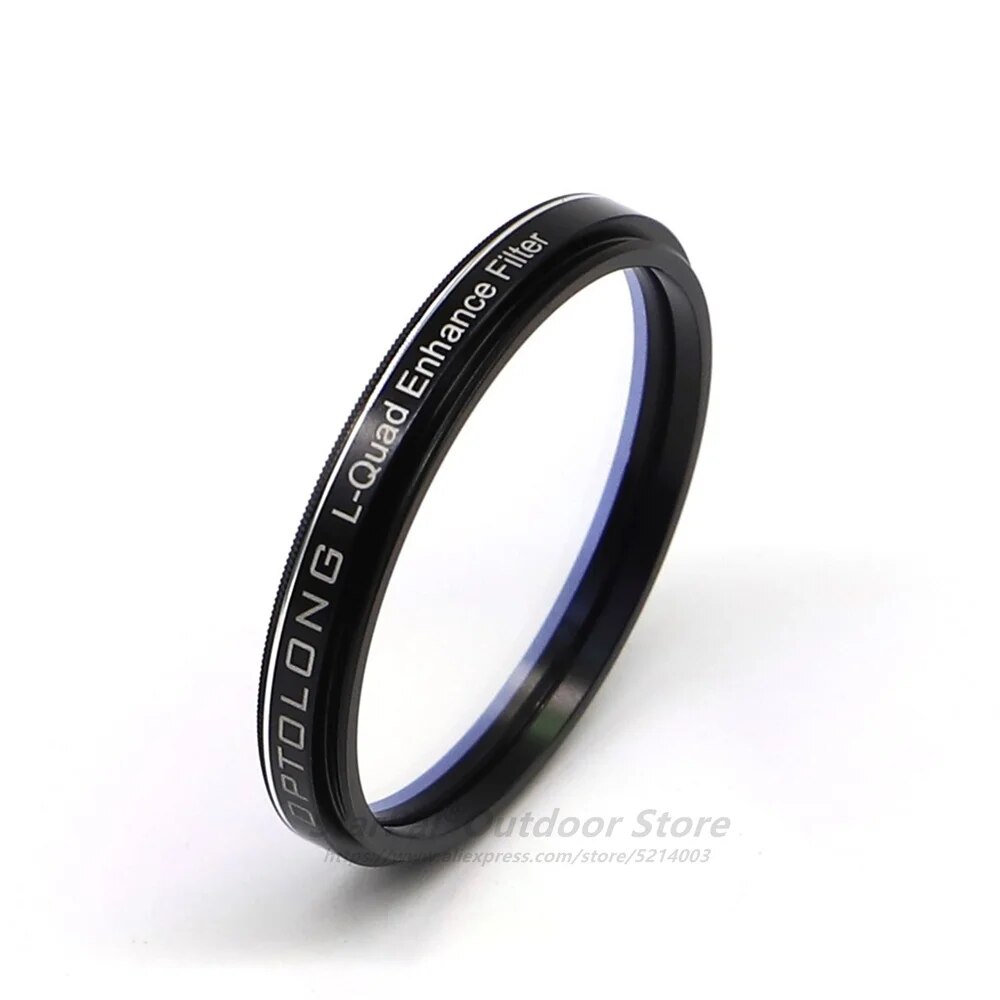
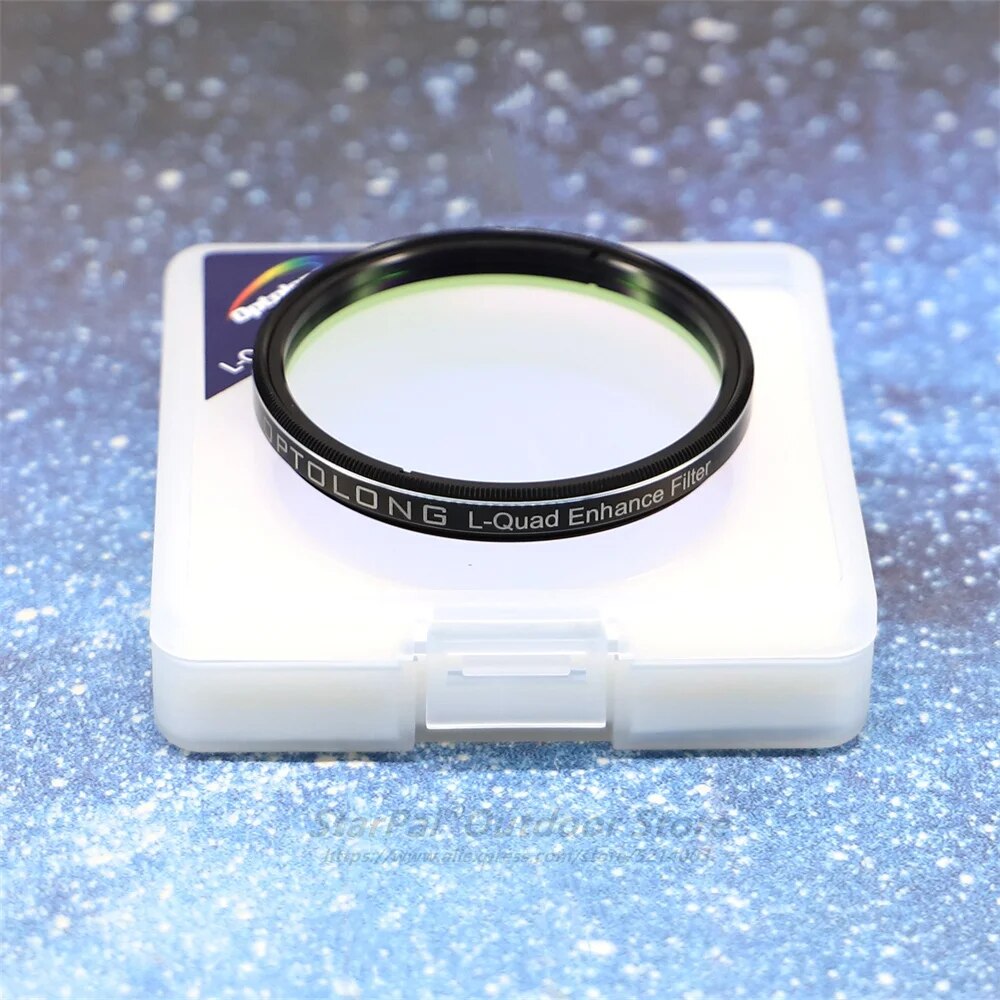
More Optolong 2 Inch Filters
-
Optolong L-Extreme Filter
Regular price From $269.00 USDRegular priceUnit price per$304.49 USDSale price From $269.00 USDSale -
Optolong 2" L-Quad Enhance Filter
Regular price $229.00 USDRegular priceUnit price per$229.00 USDSale price $229.00 USD -
Optolong CLS-CCD Filter
Regular price $229.00 USDRegular priceUnit price per -
Optolong UV/IR Cut Filter 2"
Regular price $89.00 USDRegular priceUnit price per -
Optolong L-Pro Light Pollution Broadband Filter
Regular price $253.53 USDRegular priceUnit price per$253.53 USDSale price $253.53 USD -
Optolong 1.25" L-Extreme Dual Band 7nm Ha/OIII Light Pollution Filter
Regular price $269.00 USDRegular priceUnit price per$304.49 USDSale price $269.00 USDSale -
Optolong 2" L-Extreme Dual Band 7nm Ha/OIII Light Pollution Filter
Regular price $339.00 USDRegular priceUnit price per$393.67 USDSale price $339.00 USDSale -
Optolong L-Enhance 2" Inch Filter
Regular price $291.75 USDRegular priceUnit price per$291.75 USDSale price $291.75 USD -
Optolong SHO-3nm Narrowband Filters Kit SII3nm, H-Alpha3nm, OIII3nm 2inch
Regular price From $491.40 USDRegular priceUnit price per$491.40 USDSale price From $491.40 USD -
OPTOLONG 2" 18nm O-III Filter
Regular price $137.59 USDRegular priceUnit price per$137.59 USDSale price $137.59 USD -
OPTOLONG 2" Moon & Skyglow Filter
Regular price $61.15 USDRegular priceUnit price per$61.15 USDSale price $61.15 USD -
Optolong 2" ND3 Filter
Regular price $37.63 USDRegular priceUnit price per$37.63 USDSale price $37.63 USD -
Optolong 2" SHO H-Alpha 7nm SII-CCD 6.5nm OIII-CCD 6.5nm Narrow Band Filter
Regular price $917.28 USDRegular priceUnit price per$917.28 USDSale price $917.28 USD -
Optolong 2" UV/IR Cut Filter
Regular price $82.81 USDRegular priceUnit price per$82.81 USDSale price $82.81 USD -
Optolong L-QEF Filter
Regular price $229.00 USDRegular priceUnit price per$229.00 USDSale price $229.00 USD -
OPTOLONG 2" L-Ultimate Dual band Pass Filter
Regular price $389.00 USDRegular priceUnit price per -
OPTOLONG 2" L-eNhance Dual-band Pass Filter
Regular price $291.75 USDRegular priceUnit price per$291.75 USDSale price $291.75 USD -
Optolong 2" L-Pro Filter
Regular price $253.53 USDRegular priceUnit price per$253.53 USDSale price $253.53 USD -
OPTOLONG L-eXtreme 1.25" / 2" Dual-band Pass Filter
Regular price From $269.00 USDRegular priceUnit price per$304.49 USDSale price From $269.00 USDSale -
OPTOLONG 2" LRGB Astronomical Deep Sky Telescope Planetary Imaging Filter Kit
Regular price $457.37 USDRegular priceUnit price per$457.37 USDSale price $457.37 USD -
OPTOLONG 2" CLS Filter
Regular price $108.29 USDRegular priceUnit price per$108.29 USDSale price $108.29 USD -
OPTOLONG 2" UHC Filter
Regular price $108.29 USDRegular priceUnit price per$108.29 USDSale price $108.29 USD -
OPTOLONG 2" LRGB Imaging Filter Kit
Regular price $329.97 USDRegular priceUnit price per$329.97 USDSale price $329.97 USD -
OPTOLONG 2" H-Alpha 7nm Filter
Regular price $291.75 USDRegular priceUnit price per$291.75 USDSale price $291.75 USD
More Optolong
-
Optolong L-Pro 77mm Camera Lens Filter for Sale
Regular price $279.00 USDRegular priceUnit price per$299.00 USDSale price $279.00 USDSale -
Optolong 2" L-Quad Enhance Filter
Regular price $229.00 USDRegular priceUnit price per$229.00 USDSale price $229.00 USD -
Optolong CLS Clip Filter
Regular price $149.00 USDRegular priceUnit price per -
Optolong L-Enhance EOS Clip Filter
Regular price $269.00 USDRegular priceUnit price per -
Optolong CLS-CCD Filter
Regular price $229.00 USDRegular priceUnit price per -
Optolong UV/IR Cut Filter 1.25"
Regular price $69.00 USDRegular priceUnit price per -
Optolong UV/IR Cut Filter 2"
Regular price $89.00 USDRegular priceUnit price per -
Optolong L-Quad
Regular price $229.00 USDRegular priceUnit price per$229.00 USDSale price $229.00 USD
More Filters
-
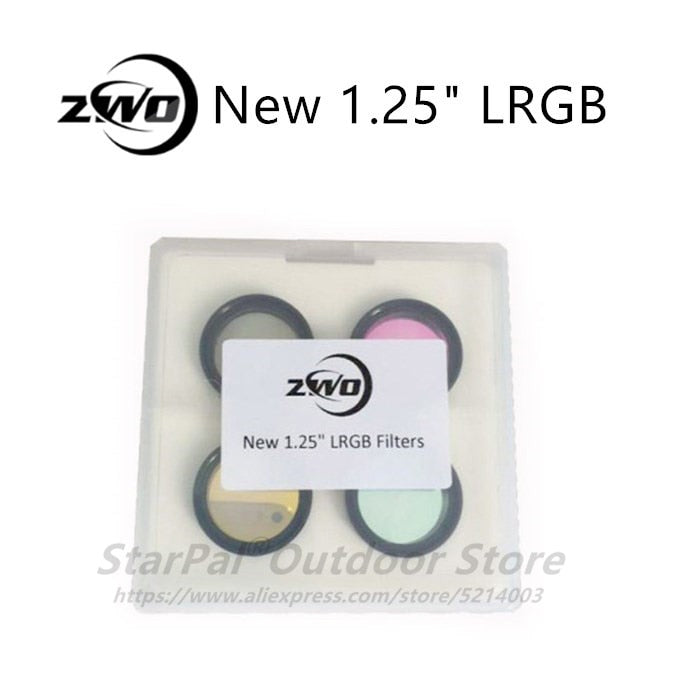
ZWO Filters
Welcome to our collection of ZWO Filters! ZWO filters are high-quality astrophotography...
-
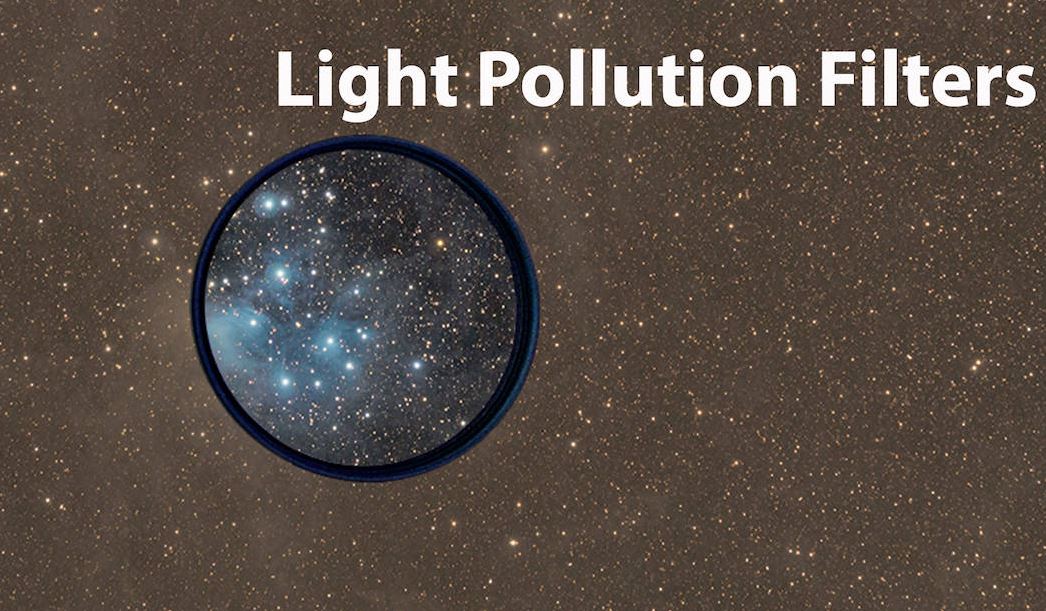
IDAS Filters
Our collection of IDAS filters for astrophotography! Designed to reduce light pollution...
-

Baader Filters
Upgrade your astrophotography game with Baader Filters. Our collection includes a range...
-
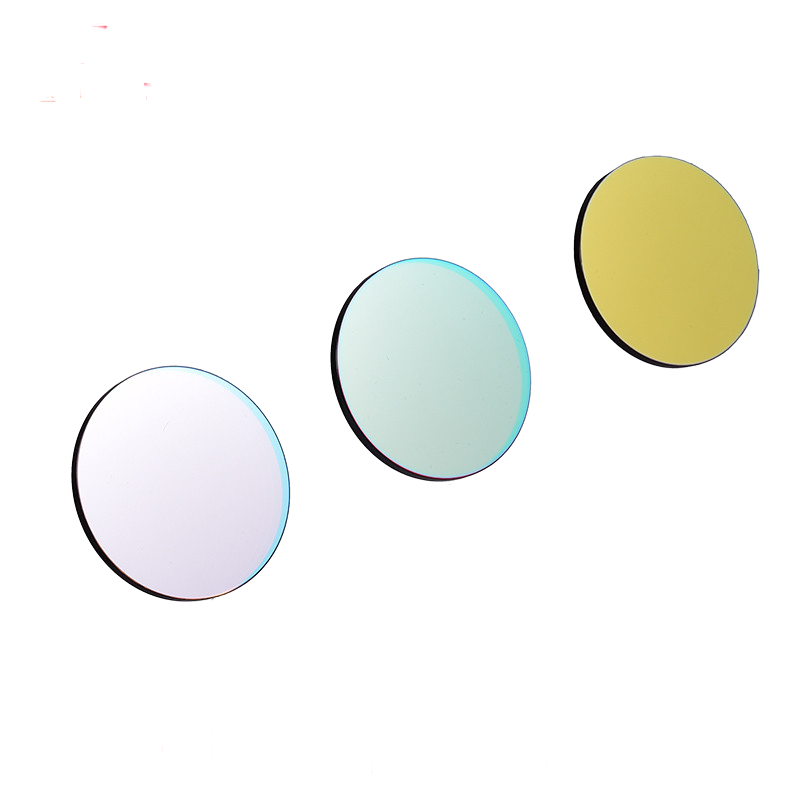
Antlia Filters
Discover the Antlia Filters collection, designed to enhance your astrophotography experience. Our...






